Choosing the correct screen for commercial grower success
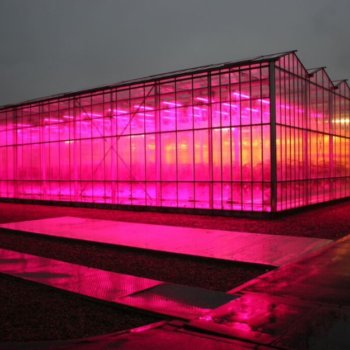
Screens have become just as important in modern greenhouse production as the structure itself.
20 June 2018
Energy saving and being able to control the environment is now crucially important for growers. New developments in cloth materials and components means the grower now has a far greater choice. By choosing from a large range of screen cloths, the optimum growing environment is achievable within the commercial greenhouse.
With increasing environmental and financial pressures, the correct screen installation helps to create the ideal climate for your crop while reducing energy costs and increasing yields.
There are a range of screens available from CambridgeHOK, all designed to create the perfect growing environment and climate:
Energy Saving Screens
Often used as a double horizontal screen and is usually combined with vertical rolling screens for vegetable cultivation (tomatoes, peppers, cucumbers, etc.), cut flowers, pot flowers, fruit cultivation. These screens ensure a significant reduction of heating costs and limit condensation which reduces the risk of disease. They help achieve higher yields, that are a better quality by creating a constant climate and, in addition to the insulating effect of the energy the screen, it is much easier to control the amount of CO2 in the greenhouse.
Shading Screens
Shading screens are usually used in a horizontal screen installation for pots such as, orchids and chrysanthemums, but also for vegetables being grown in tropical climates and cut flowers. These screens are one of the most important tools in the modern growers’ arsenal. Using the shade screen the grower is able to manipulate both light and/or humidity in order to maintain the ideal greenhouse climate. On hot days the reflective screen cloth reduces solar gain and the open construction of the cloth allows natural ventilation through the screen, creating a cooler climate within the glasshouse. At night it helps reducing the heat radiation of the crop, this ensures maximum production and quality of produce. Light transmission in the screen cloths ranges from 25 to 70% with energy saving values from 15 to 55%.
Double Screens
These screens are a combination of energy saving and shade screens, and they are becoming increasingly popular as a result of rising energy costs. This is because they ensure the grower has better control over the greenhouse climate, light, and UV pollution.
Light Pollution Screens
Light pollution screens are often used in a combination of horizontal and vertical screening, especially when growing crops using supplementary lighting. Greenhouse owners must meet increasing regulatory obligations on light emission – light pollution screens ensure minimal light emission and depending on the type of screen cloth, emission rates of less than 0.5% are achievable.
Through the use of light pollution screens, the light intensity of the supplementary lighting can be retained within the greenhouse. Furthermore, the light pollution screens open structure, in combination with good ventilation, helps control moisture and warmth.
Blackout Screens
With a light reduction level of over 99.9%, blackout screens are very suitable for light sensitive crops and short-day plants such as chrysanthemums. Additionally by choosing a blackout screen with an aluminium top layer, energy savings can go up to 75%.
Insect Screens
With an increasing trend towards reduced pesticides, using insect screens in the roof ventilators provides the perfect solution for biological crop protection, so chemical crop protection and its impact on the environment can be kept to a minimum.
Apex Screens
Recent research has shown that uneven temperatures of the climate is one of the main reasons why many growers struggle to maintain the ideal greenhouse climate. The greenhouse is susceptible to one cold side, which is likely to cause significant delays in flowering or fruit ripening, as well as higher humidity which presents disease risk. Apex seals help towards providing the perfect solution; by installing partitions of clear screen material in the apexes above the horizontal overhead screen. The cold air above the screen is prevented from collecting at one end and therefore the temperature differentials from one growing area to the next is reduced.
Garden Centre Screens
Screens are equally important in the retail environment. As well as the benefits of shade and energy saving, the colourful, decorative nature of the screen cloth, can be used to enhance the retail environment. The safety of the public is assured as all garden centre screens feature fire retardant cloth.
To find out more information on cost and what CambridgeHOK can do for you get in contact with them by clicking here.



 Print
Print
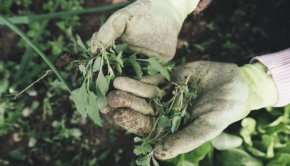
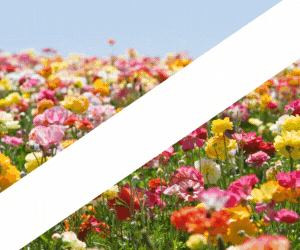
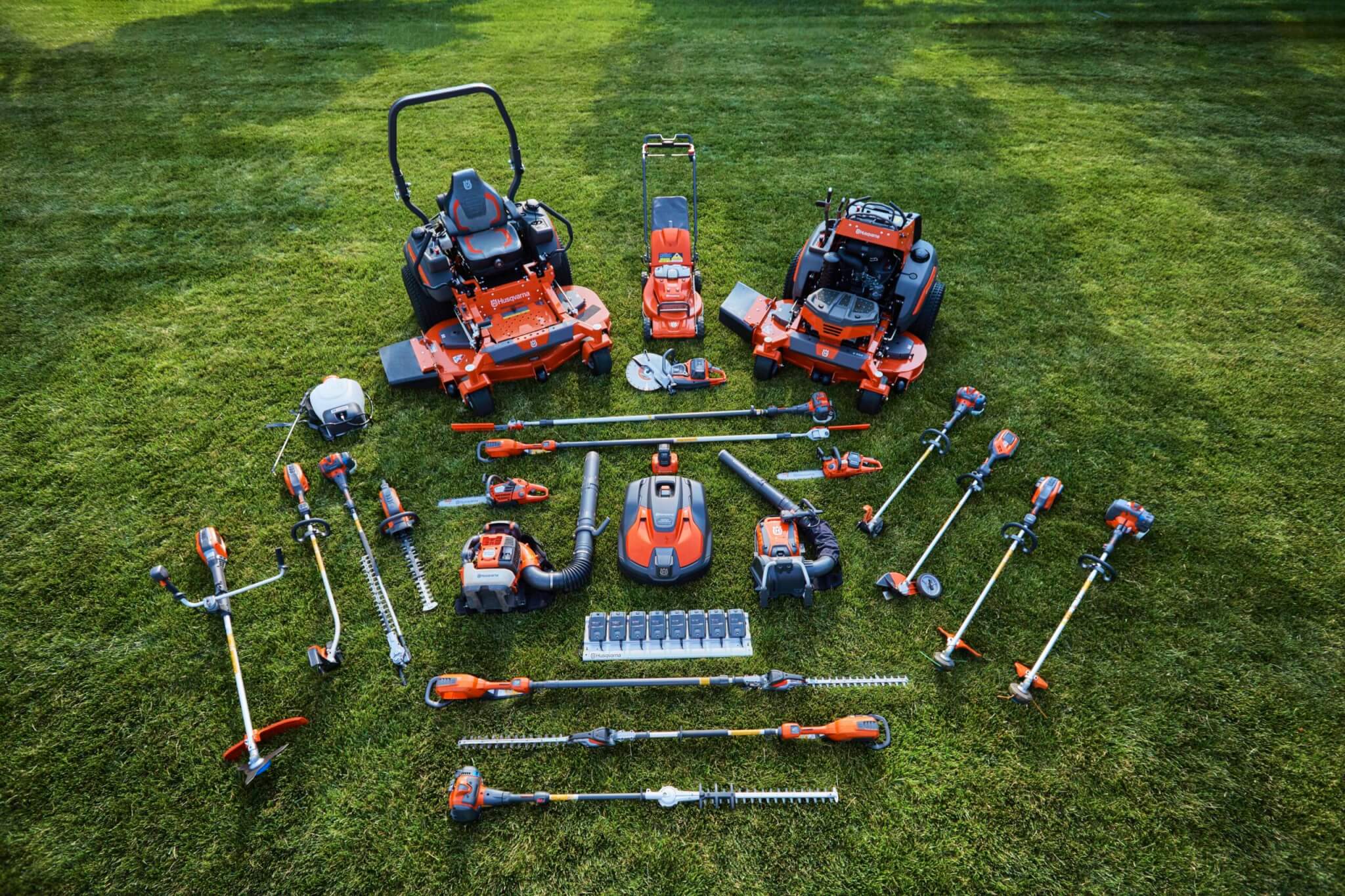



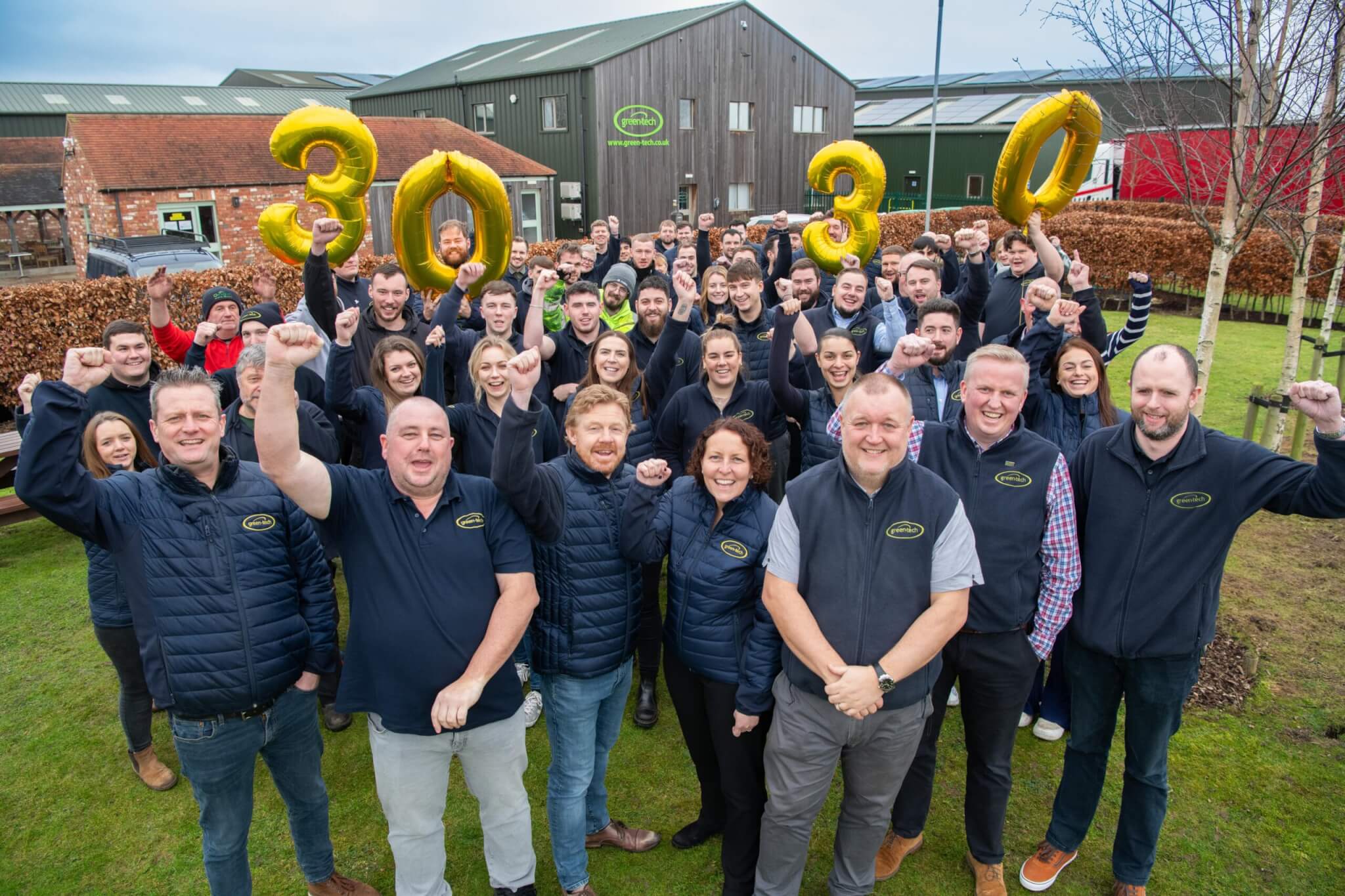


Fans 0
Followers